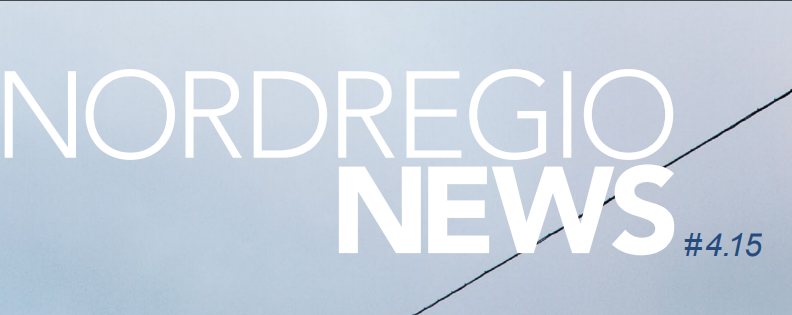Segregation is a pressing issue in Nordic cities. It is a sign of spatial injustices, unequal opportunities in access to housing, employment or education, a lack of affordable housing, unsafe spaces and potential social conflicts.
Processes of gentrification and stigmatisation have consequences both for the development of certain urban districts and cities as a whole, and for the ways in which different social groups meet and interact.
How is this issue discussed and explained in the Nordic context? Are there interesting similarities and differences between the Nordic countries? A deeper understanding of this issue may inform a constructive discussion on how to build for the future and how to create the preconditions and opportunities for people from different backgrounds to interact. A sign of the importance of the segregation problem is how “social sustainability” is quickly climbing the urban planning policy agenda. However, there is a great lack of clarity with regard to what social sustainability actually implies or entails. Despite this, it has come to be used both as a tool to solve social problems in existing urban areas and as a justification for developing “attractive” (and often expensive) new urban areas. To confront urban segregation properly, we need an understanding of social sustainability that takes this into account and integrates notions of social justice and structural inequity.
The Planning for Urban Social Sustainability project (PLUS), commissioned by the Nordic working group for green growth – sustainable urban regions, aims to critique and sharpen social sustainability as a policy concept. To do this, we analyse one of the most pressing issues in Nordic cities: residential segregation, especially along ethnic and socio-economic lines. Research indicates that segregation has increased within the Nordic major cities, and we discuss the key variables that have created such stark differences in residential settlement patterns, as well as the common responses from policymakers through measures and projects. The Nordic perspective on this may reveal interesting trends and differences between states. In JanPhoto: City of Turku uary 2016, we will know more.
This article is part of Nordregio News #4. 2015, read the entire issue here.


